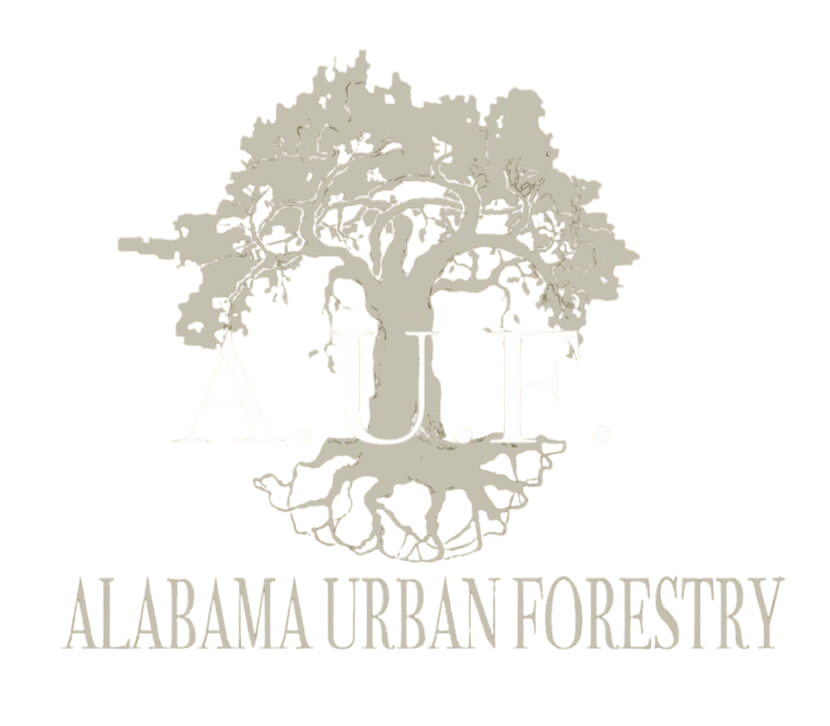When it comes to maintaining the health and safety of trees in Fultondale, Alabama, one of the key aspects that arborists and homeowners alike need to be vigilant about is tree decay. Trees can be susceptible to various forms of decay, which can compromise their structural integrity and pose a risk of falling, causing property damage or injury. In this blog post, we will discuss some of the signs of tree decay to watch for in Fultondale, Alabama, and why it is essential to address decay promptly.
1. Fungal growth: One of the most common signs of tree decay is the presence of fungal growth on the trunk or branches. Fungi thrive on decaying wood and can indicate that the tree is experiencing internal decay. Different types of fungi may appear as mushrooms, conks, or shelf-like structures on the tree. If you notice any unusual growth on your tree, it is essential to have it inspected by a certified arborist.
2. Cavities or hollowing: Another sign of tree decay is the presence of cavities or hollowing in the trunk or branches. As decay progresses, the wood inside the tree can rot and deteriorate, leaving behind empty spaces. Cavities weaken the tree’s structure and can make it more susceptible to breaking or falling during storms or high winds.
3. Cracks or splits: Cracks or splits in the trunk or branches can also indicate that a tree is decaying. These openings can be entry points for pests and pathogens, further accelerating the decay process. Cracks may also lead to structural failure, especially during adverse weather conditions.
4. Dead branches or leaves: Dead branches or leaves that do not shed during the appropriate season can be a sign of tree decay. When a tree is decaying internally, it may struggle to transport water and nutrients to its extremities, leading to dieback. Regularly inspecting your tree for dead or withered branches can help identify decay early on.
5. Bark abnormalities: Changes in the bark, such as peeling, cracking, or discoloration, can also be indicators of tree decay. Healthy trees have intact and vibrant bark that serves as a protective layer against pests and diseases. Damaged or abnormal bark may suggest an underlying issue with the tree’s health.
In conclusion, being aware of the signs of tree decay and promptly addressing any issues is crucial for maintaining the health and safety of trees in Fultondale, Alabama. Regular tree inspections by qualified arborists can help identify decay early on and implement appropriate treatment measures to prevent further deterioration. Remember that a decaying tree can pose a significant risk to property and individuals, so it is essential to prioritize tree care and maintenance to ensure a safe environment for all.

